Rising Healthcare Expenditure
Rising healthcare expenditure is another significant driver for the Intragastric Balloon Market. As countries invest more in healthcare, there is a growing focus on preventive measures and treatments for obesity. Increased funding for obesity management programs and weight loss interventions is evident in various regions. This financial commitment enables healthcare providers to offer advanced solutions, including the Intragastric Balloon Market, to patients seeking weight loss options. The market is expected to benefit from this trend, as higher healthcare spending correlates with increased accessibility to innovative treatments.
Increasing Prevalence of Obesity
The rising prevalence of obesity is a primary driver for the Intragastric Balloon Market. According to recent data, obesity rates have escalated significantly, with estimates indicating that over 650 million adults are classified as obese. This alarming trend has prompted healthcare providers to seek effective weight management solutions. The Intragastric Balloon Market, as a non-surgical intervention, offers a viable option for individuals struggling with obesity. As awareness of obesity-related health risks grows, the demand for innovative weight loss solutions, including the Intragastric Balloon Market, is likely to increase, thereby propelling the market forward.
Technological Innovations in Balloon Design
Technological innovations in balloon design are playing a crucial role in the Intragastric Balloon Market. Recent advancements have led to the development of more effective and safer balloons, enhancing patient outcomes. Innovations such as improved materials and designs that allow for better comfort and efficacy are attracting more patients to consider this option. Market data indicates that these advancements are likely to increase the adoption rate of Intragastric Balloons, as they offer enhanced safety and effectiveness. As technology continues to evolve, the Intragastric Balloon Market is poised for further growth.
Growing Demand for Minimally Invasive Procedures
The Intragastric Balloon Market is experiencing growth due to the increasing preference for minimally invasive procedures. Patients are increasingly opting for non-surgical weight loss options that offer reduced recovery times and lower risks compared to traditional surgical methods. The Intragastric Balloon Market procedure, which involves placing a balloon in the stomach to promote early satiety, aligns with this trend. Market data suggests that the demand for such procedures is on the rise, as they provide effective weight loss solutions with fewer complications. This shift in patient preference is likely to drive the expansion of the Intragastric Balloon Market.
Enhanced Awareness of Weight Management Solutions
Enhanced awareness of weight management solutions is contributing to the growth of the Intragastric Balloon Market. Educational campaigns and initiatives aimed at informing the public about obesity and its health implications have gained traction. As individuals become more informed about the risks associated with obesity, they are more likely to seek effective weight loss solutions. The Intragastric Balloon Market, being a non-invasive option, is increasingly recognized as a viable alternative. This heightened awareness is expected to drive demand for the Intragastric Balloon Market, as more individuals explore their options for managing weight.


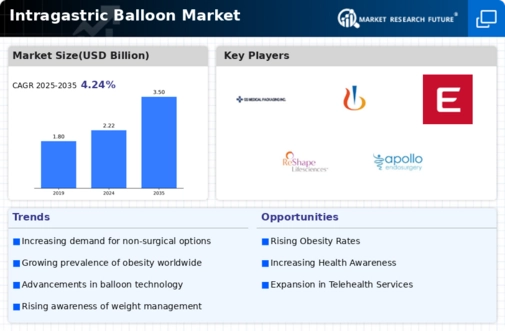
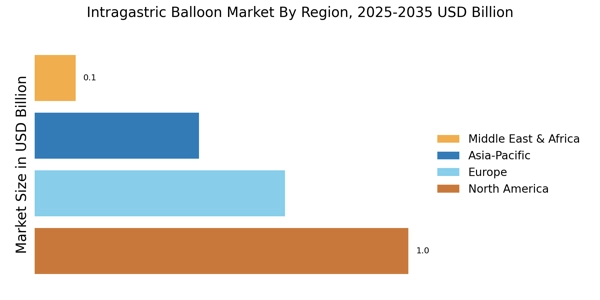
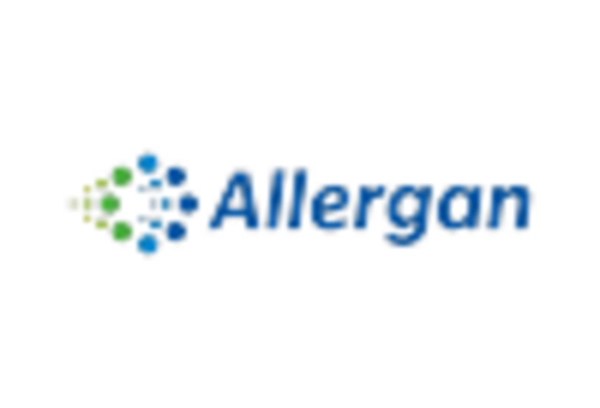

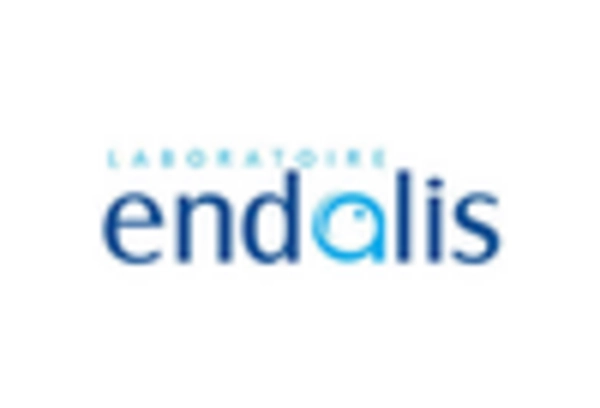

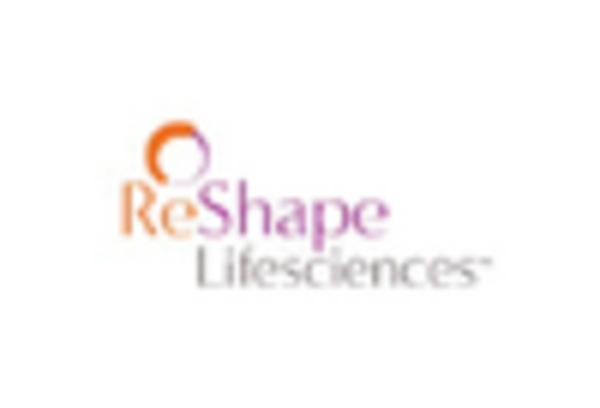









Leave a Comment